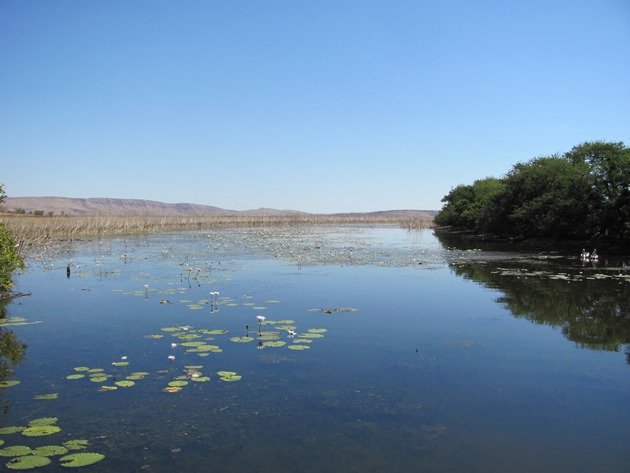
On our recent birding and camping trip we decided to return to Parry’s Lagoon Nature Reserve because we had enjoyed our visit there last year in September. We were heading roughly in that direction to go to Keep River National Park via the township of Kununurra and it was an easy diversion knowing that we were likely to see some birds we had not seen yet this year. We would be visiting the billabong about a month earlier than last year and each year the billabong would be different depending on the amount of rain during our Wet Season.
The first thing we noticed at the billabong this August was the water level was slightly higher than last September and there were fewer lilies in the water. The birdlife also varied from last year, although some species remained the same. As we walked from the car park to the bird hide we noticed a family of Magpie Geese on the edge of the billabong.
Family of Magpie Geese
Unlike last year there were very few reeds and therefore no Purple Swamphens and the tall grasses were gone and the Star Finch were not present. The warning for the presence of a crocodile was still current and this year it was a lot more active. During the four hours that we sat in the shade of the hide we saw it make several attempts at getting a meal and at one point it swam right by the hide. It may well be the same crocodile that has stayed in the billabong once the water levels dropped earlier in the year. The Australian Pelicans were not overly concerned and it is more likely that the crocodile would take a wallaby on dusk as it came in to drink.
Australian Pelicans and crocodile
There were several Australasian Darter along the bank and Little Black Cormorants feeding near the hide. The ducks were gathered in one area and included Pacific Black Ducks, Radjah Shelduck, Grey Teal, Plumed Whistling Ducks and Wandering Whistling Ducks. There were a lot less Green Pygmy Geese than last year.
Australasian Darter
The bird hide works well and has good views, ample seating and the birds appear oblivious to the building on the edge of the water. The hide remains over the shallow water during the dry months and an Eastern Great Egret came in close to the hide in its search for food.
Eastern Great Egret
We had not seen any Pied Heron during the year until we got to the billabong and this is a very reliable area for this species. They were busy running from lily pad to lily pad and with the fewer lilies this year it was quite a challenge for them. The Comb-crested Jacanas were experiencing the same challenge.
Pied Heron
There were several Nankeen Night-Herons along the edge of the billabong and one came close to the hide. It was interesting to watch it in the middle of the day work its way along the bank and then pounce.
Nankeen Night Heron
As soon as the Nankeen Night-Heron grabbed some food it was attacked by the Eastern Great Egret that was intent on getting a “free feed”, but the heron won and kept the food.
This is a great billabong to visit during our Dry Season and obviously each year and each season will present different species. We would advise allowing a good amount of time to enjoy the birdlife here and although there is no shade for your vehicle there is ample shade in the hide.


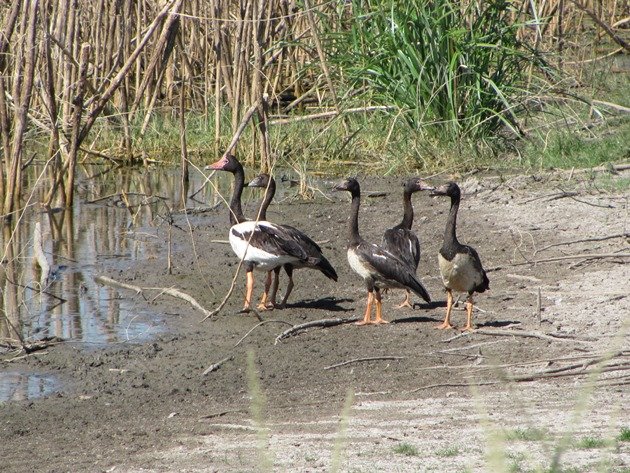
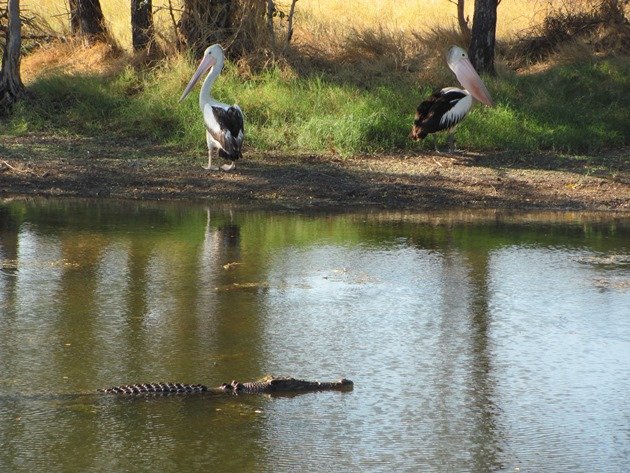
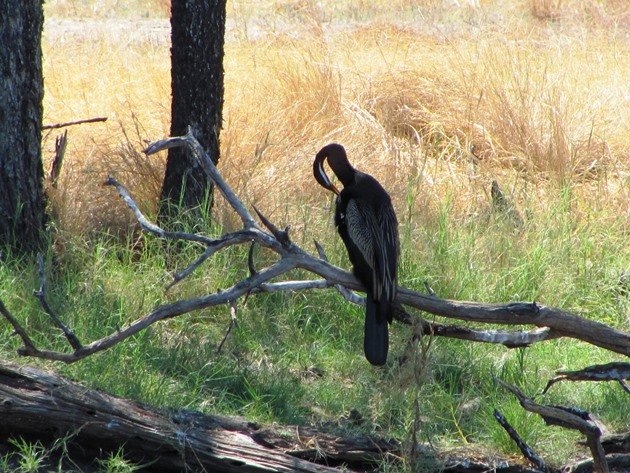
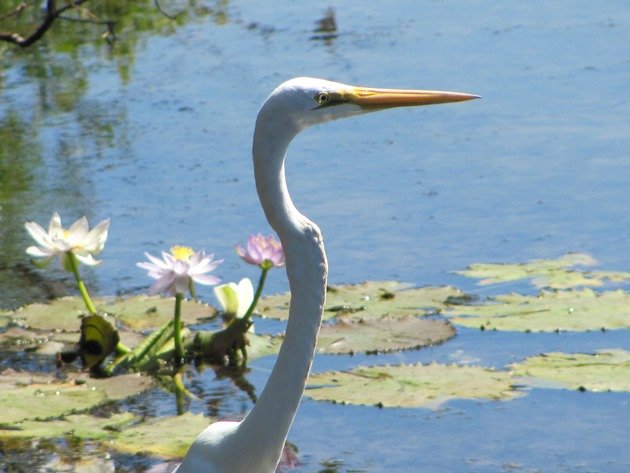
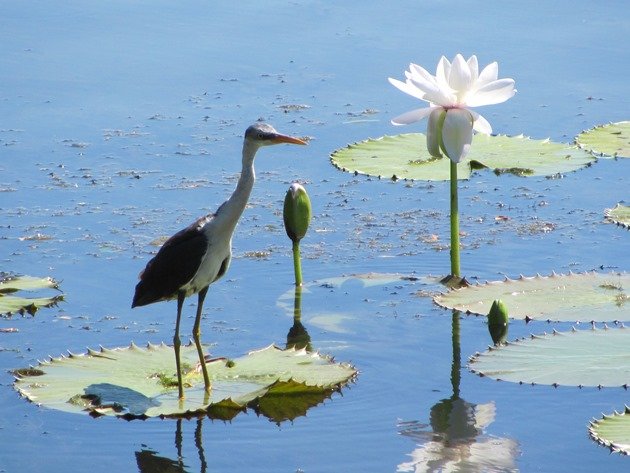
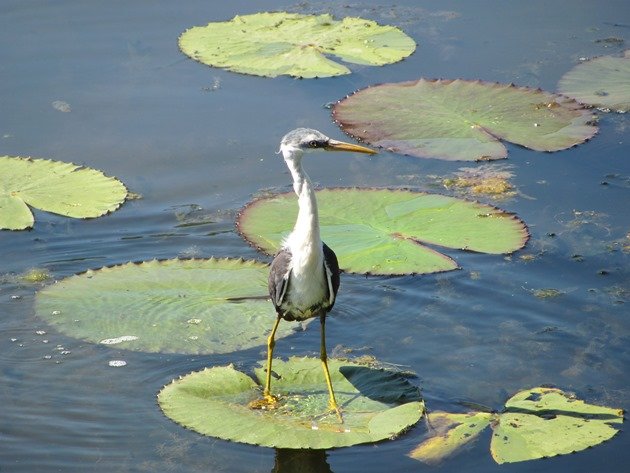
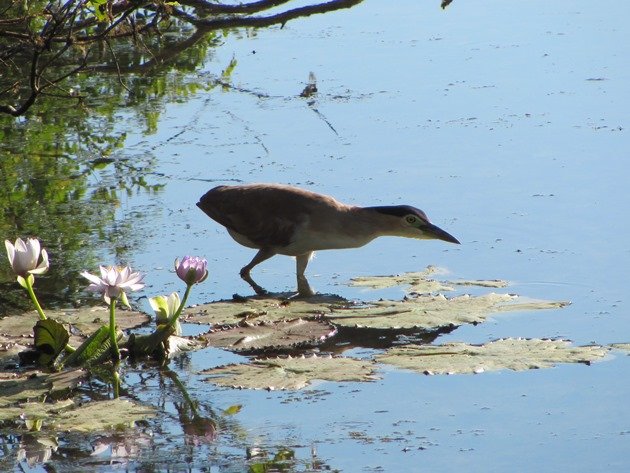
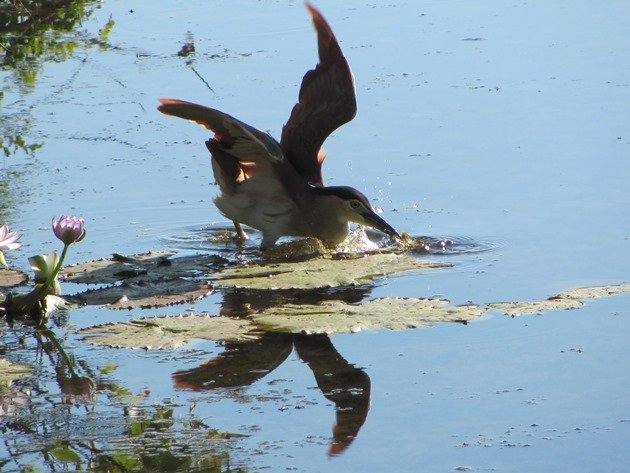
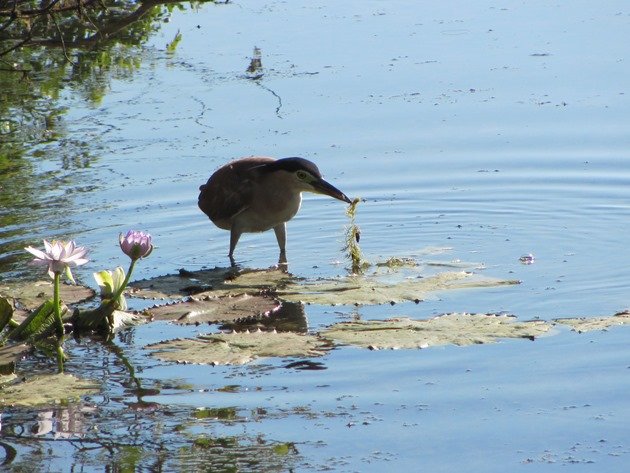











Definitely a great billabong! How cool to see the herons perched upon the lily pads.
Wow amazing.here for 12mths reckon I could spend every day here.do you know the species of snake we watched in the canopy next to the hide? Very thin an long.magical place!!
Brilliant. ……Gus